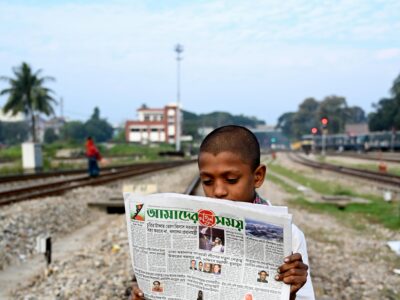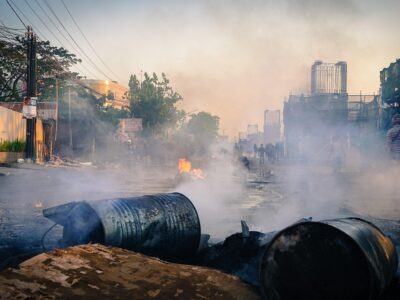Myanmar’s military airstrikes, causing numerous deaths and displacements, have been criticized by Amnesty International for violating international humanitarian law and the Fourth Geneva Convention’s Common Article 3.
The Myanmar military keeps on conducting lethal air strikes, targeting civilians and civilian infrastructure








Comments